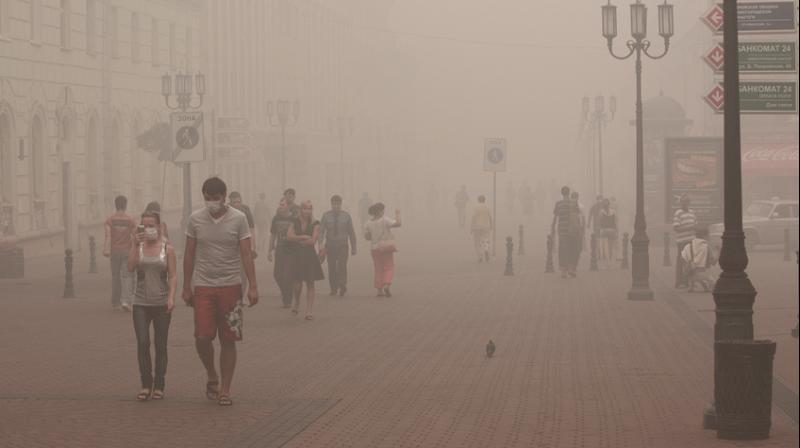Dust problem severe in Kurnool
Officials interested only in inviting new investors to city.

Kurnool: Dust, donkeys and doctors... that is how Kurnool is remembered by many. It is a 3D effect, says cardio thoracic surgeon Dr C. Prabhakar Reddy. With pollution reaching high levels, epidermatis is the regular cause of irritation, the doctors observed.
However, with winter setting in, the problems of dust allergies seem to have become more severe. Stand on the road for just five minutes could make one sneeze or rub the eyes violently due to the dust and pollution. The condition may not improve in a hurry, said P.B. Agarawal, a trader from Hyderabad who frequents Kurnool.
Pollution Control Board chief Rajender Reddy said, "Though newly set up companies have been given the responsibility to comply with emission levels, we have literally very little control over the industries."
"Aiming to ease doing business, government authorities including the District Collector are only concerned with inviting entrepreneurs and giving away vast lands," said Krishna Murthy, a rights activist.
Dr Mallikarjuna, Secretary of Indian Medical Association (IMA), Kurnool, said that diseases related to the respiratory system recur during the winter month. The virus in the atmosphere has the potential to turn pandemic and cause widespread damage to heallh of people. He said people are not aware of the real danger from dust allergies. The treatment they undergo, also, is not systematically administered, he added.
Dr Mallikarjuna said that sneezing and runny or stuffy nose are common sight in Kurnool with people exposed to dust. Pollution levels are a cause of concern, said Dr Mallikarjun. He said a person experiencing red, itchy or teary eyes or wheezing, coughing, tightness in the chest and breath issues should consult a doctor.
Dust allergy is caused by burning of bricks, husk and industrial waste and gasses emanating from the other side of the Tungabhadra river.

